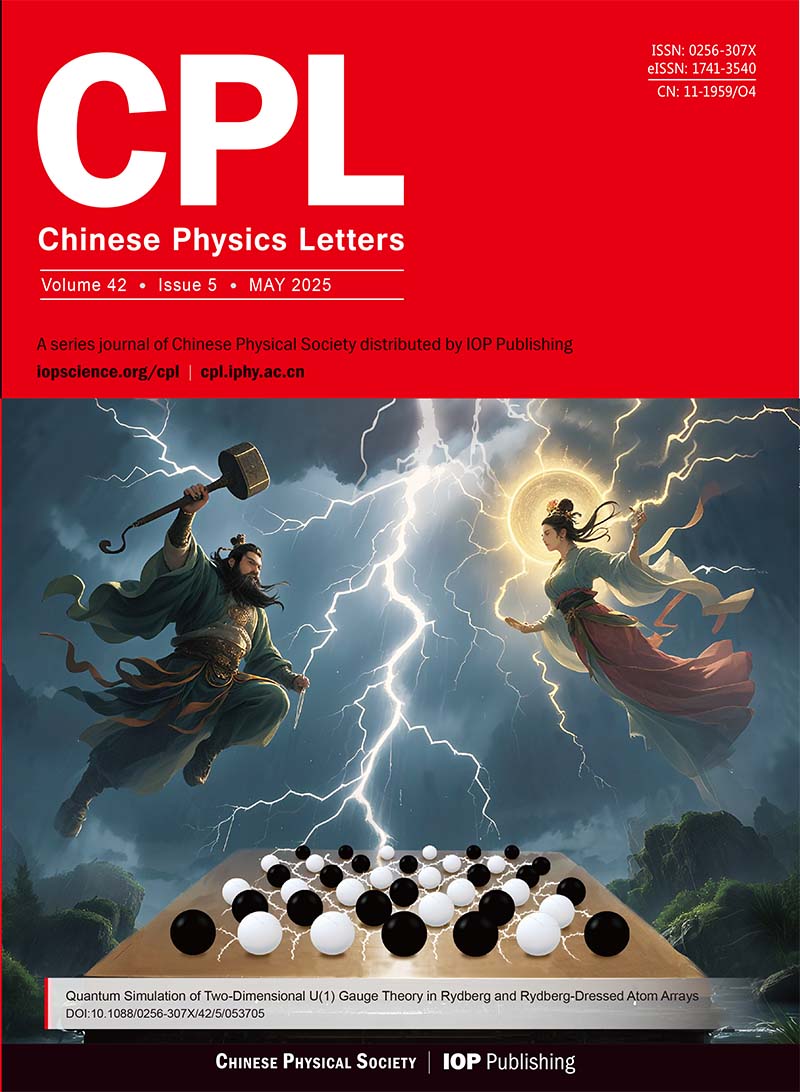Resonance Transmission in Graphene-Nanoribbon-Based Quantum Dot and Superlattice
Abstract: By using a decomposition elimination method for Green's function, the transport properties of Graphenenanoribbon-based quantum dot (QD) and/or QD superlattice are studied. It is shown that relatively small changes of both QD size and magnetic field intensity can induce strong variations in the electron transmission across the structure. For a QD device, electrons can be either totally reflected or totally transmitted through the QD region at some energies, and the quasibound peaks have been observed to have a small shift due to quasibound state energy varying. In the case of QD superlattice, the electrons within the miniband energy region can transmit through a device, similar to a QD device. Therefore, the transmission spectrum can be tailored to match with requirement by modulating the size of quantum dot and the number P of superlattice.

 首页
首页 登录
登录 注册
注册






 DownLoad:
DownLoad: